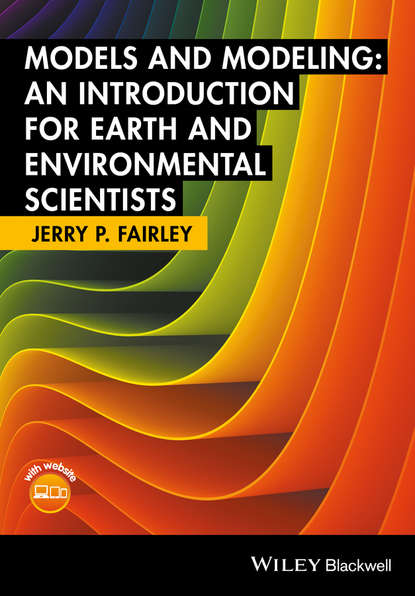
Models and Modeling скачать fb2
Jerry P. Fairley - Models and Modeling краткое содержание
An Introduction to Models and Modeling in the Earth and Environmental Sciences offers students and professionals the opportunity to learn about groundwater modeling, starting from the basics. Using clear, physically-intuitive examples, the author systematically takes us on a tour that begins with the simplest representations of fluid flow and builds through the most important equations of groundwater hydrology. Along the way, we learn how to develop a conceptual understanding of a system, how to choose boundary and initial conditions, and how to exploit model symmetry. Other important topics covered include non-dimensionalization, sensitivity, and finite differences. Written in an eclectic and readable style that will win over even math-phobic students, this text lays the foundation for a successful career in modeling and is accessible to anyone that has completed two semesters of Calculus. Although the popular image of a geologist or environmental scientist may be the rugged adventurer, heading off into the wilderness with a compass and a hand level, the disciplines of geology, hydrogeology, and environmental sciences have become increasingly quantitative. Today’s earth science professionals routinely work with mathematical and computer models, and career success often demands a broad range of analytical and computational skills. An Introduction to Models and Modeling in the Earth and Environmental Sciencesis written for students and professionals who want to learn the craft of modeling, and do more than just run “black box” computer simulations.
Чтобы оставить свою оценку и/или комментарий, Вам нужно войти под своей учетной записью или зарегистрироваться



